growmore15
New member
iLuminar Lighting, ThinkGrow, Fohse, Flexstar, Fluence, Photobio, Dutch Lighting Innovations, Gavita, GroPros and a few others.

 www.compoundchem.com
www.compoundchem.com
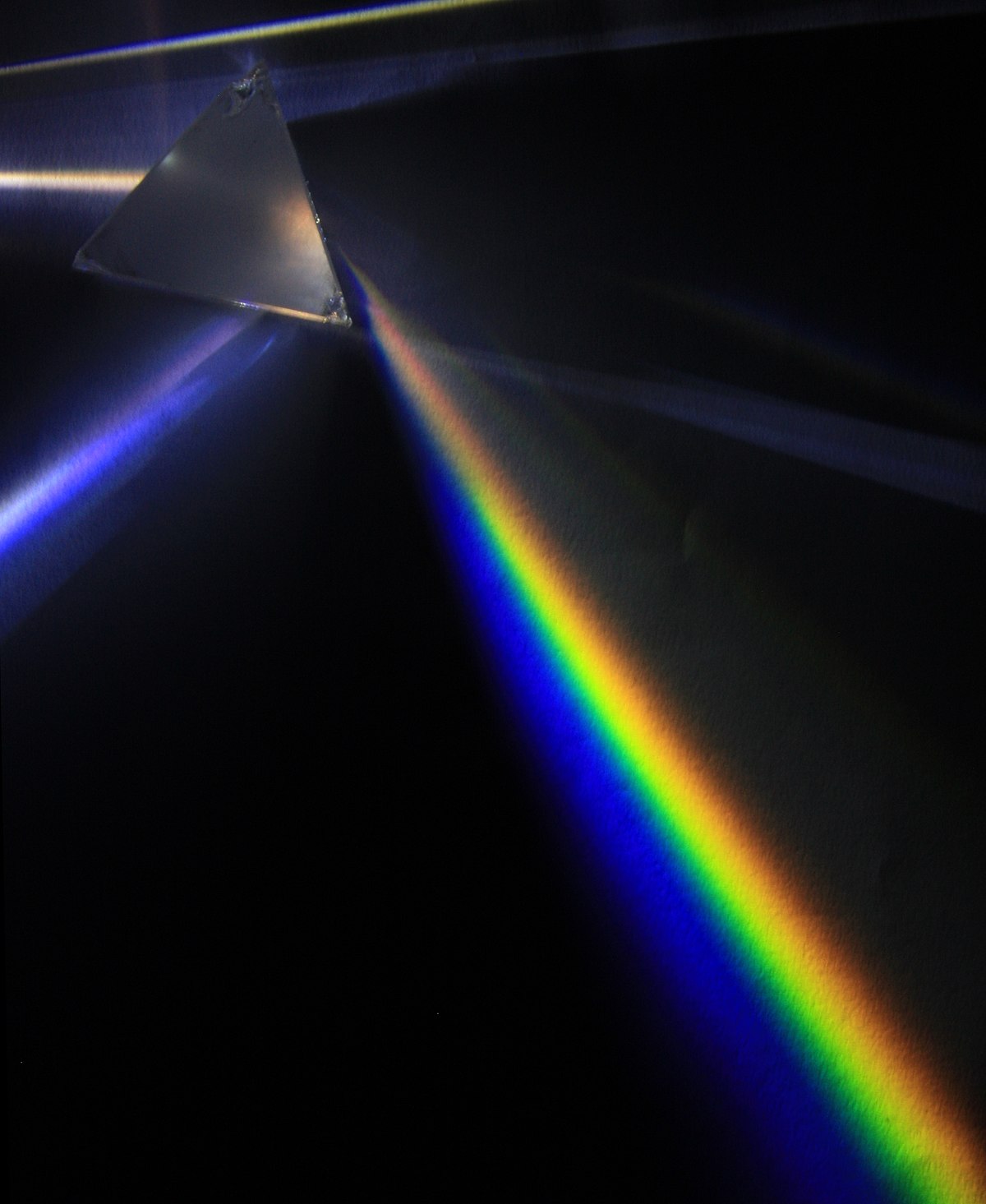

| |||
|---|---|---|---|
| Colour | Wavelength (nm) | Frequency (THz) | Photon energy (eV) |
| violet | 380–450 | 670–790 | 2.75–3.26 |
| blue | 450–485 | 620–670 | 2.56–2.75 |
| cyan | 485–500 | 600–620 | 2.48–2.56 |
| green | 500–565 | 530–600 | 2.19–2.48 |
| yellow | 565–590 | 510–530 | 2.10–2.19 |
| orange | 590–625 | 480–510 | 1.98–2.10 |
| red | 625–750 | 400–480 | 1.65–1.98 |


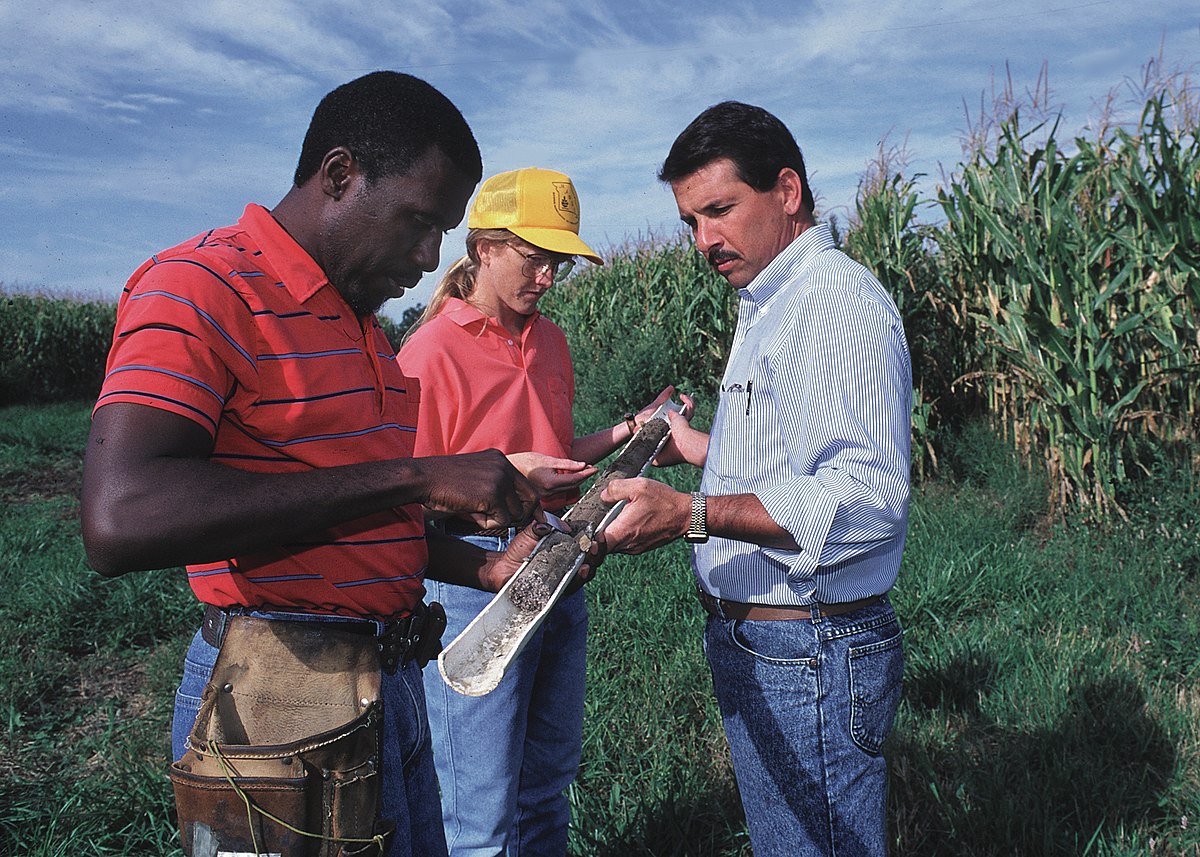
| Color | Wavelength (nm) | Voltage (V) | Semiconductor Material | |
|---|---|---|---|---|
| Infrared | λ > 760 | ΔV < 1.9 | Gallium arsenide (GaAs) Aluminium gallium arsenide (AlGaAs) | |
| Red | 610 < λ < 760 | 1.63 < ΔV < 2.03 | Aluminium gallium arsenide (AlGaAs) Gallium arsenide phosphide (GaAsP) Aluminium gallium indium phosphide (AlGaInP) Gallium(III) phosphide (GaP) | |
| Orange | 590 < λ < 610 | 2.03 < ΔV < 2.10 | Gallium arsenide phosphide (GaAsP) Aluminium gallium indium phosphide (AlGaInP) Gallium(III) phosphide (GaP) | |
| Yellow | 570 < λ < 590 | 2.10 < ΔV < 2.18 | Gallium arsenide phosphide (GaAsP) Aluminium gallium indium phosphide (AlGaInP) Gallium(III) phosphide (GaP) | |
| Green | 500 < λ < 570 | 1.9[180] < ΔV < 4.0 | Indium gallium nitride (InGaN) / Gallium(III) nitride (GaN) Gallium(III) phosphide (GaP) Aluminium gallium indium phosphide (AlGaInP) Aluminium gallium phosphide (AlGaP) | |
| Blue | 450 < λ < 500 | 2.48 < ΔV < 3.7 | Zinc selenide (ZnSe) Indium gallium nitride (InGaN) Silicon carbide (SiC) as substrate Silicon (Si) as substrate — (under development) | |
| Violet | 400 < λ < 450 | 2.76 < ΔV < 4.0 | Indium gallium nitride (InGaN) | |
| Purple | multiple types | 2.48 < ΔV < 3.7 | Dual blue/red LEDs, blue with red phosphor, or white with purple plastic | |
| Ultraviolet | λ < 400 | 3.1 < ΔV < 4.4 | Diamond (235 nm)[181] Boron nitride (215 nm)[182][183] Aluminium nitride (AlN) (210 nm)[184] Aluminium gallium nitride (AlGaN) Aluminium gallium indium nitride (AlGaInN) — (down to 210 nm)[185] | |
| White | Broad spectrum | ΔV = 3.5 | Blue/UV diode with yellow phosphor |
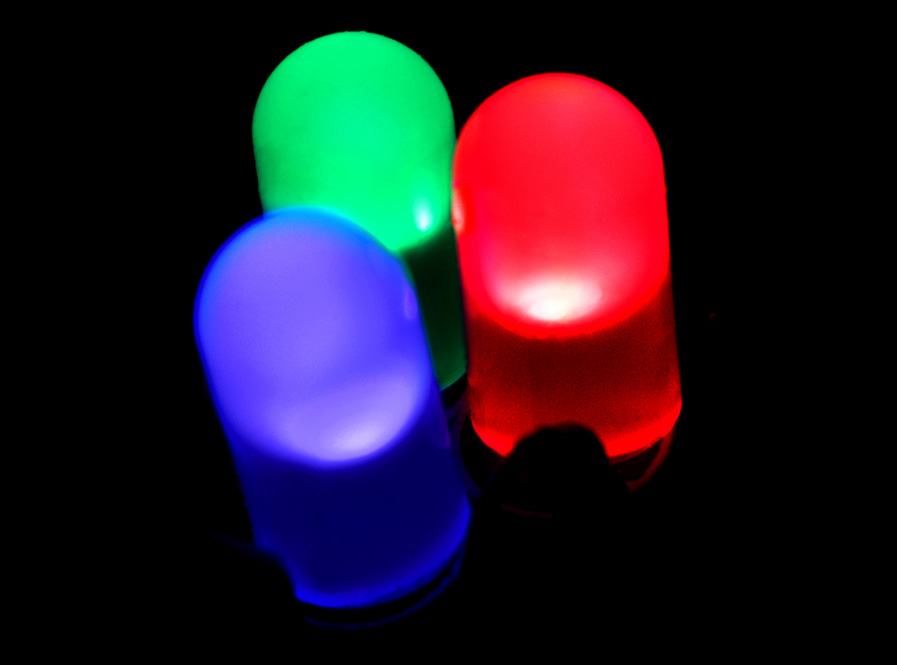
 Spectrum of the visible wavelengths at approximately sea level; illumination by direct sunlight compared with direct sunlight scattered by cloud cover and with indirect sunlight by varying degrees of cloud cover. The yellow line shows the power spectrum of direct sunlight under optimal conditions. To aid comparison, the other illumination conditions are scaled by the factor shown in the key so they match at about 470 nm (blue light).
Spectrum of the visible wavelengths at approximately sea level; illumination by direct sunlight compared with direct sunlight scattered by cloud cover and with indirect sunlight by varying degrees of cloud cover. The yellow line shows the power spectrum of direct sunlight under optimal conditions. To aid comparison, the other illumination conditions are scaled by the factor shown in the key so they match at about 470 nm (blue light).
 Made me think of your suggestion in the prior thread
Made me think of your suggestion in the prior thread 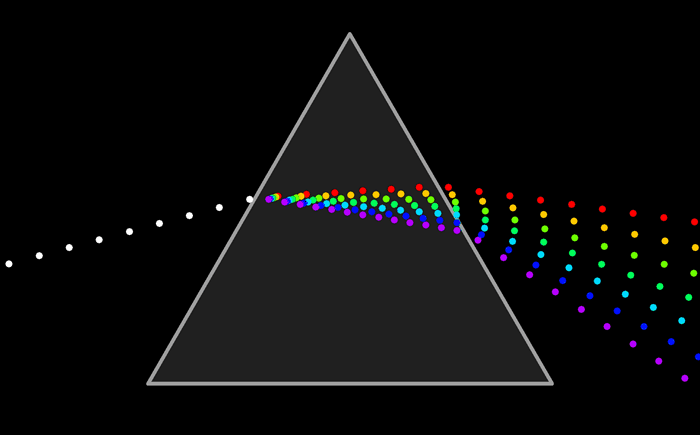
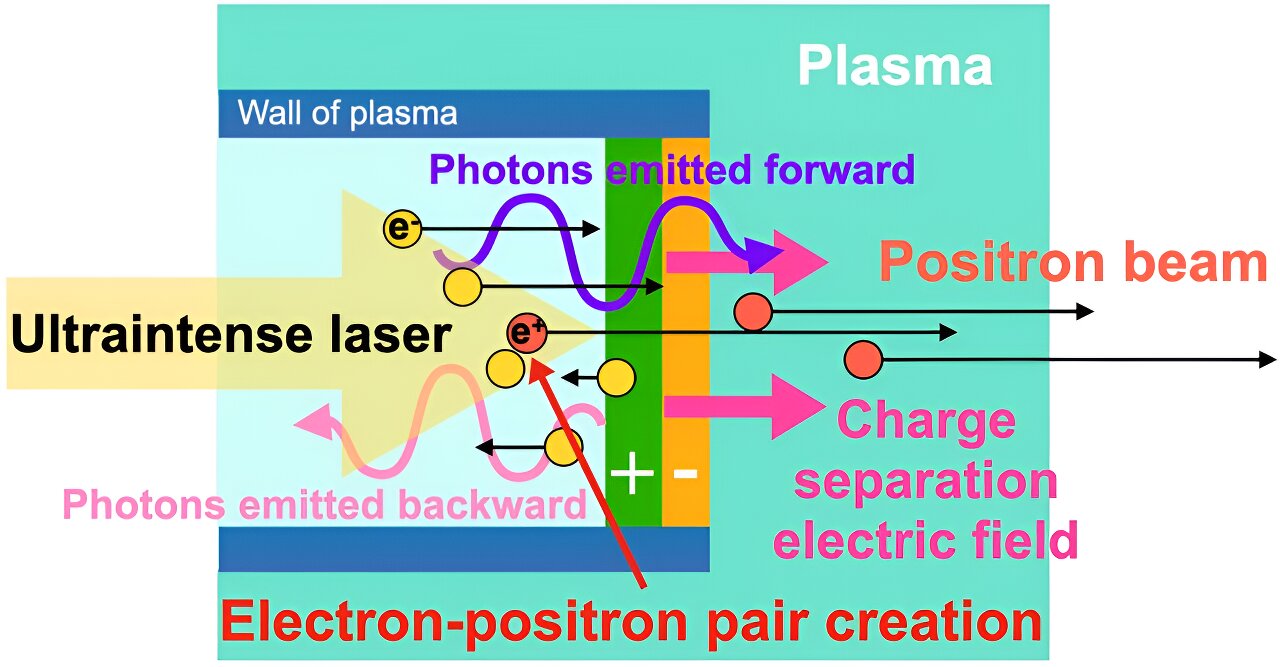

If you think of the others please share will add, and hopefully launch another poll in the near futureiLuminar Lighting, ThinkGrow, Fohse, Flexstar, Fluence, Photobio, Dutch Lighting Innovations, Gavita, GroPros and a few others.